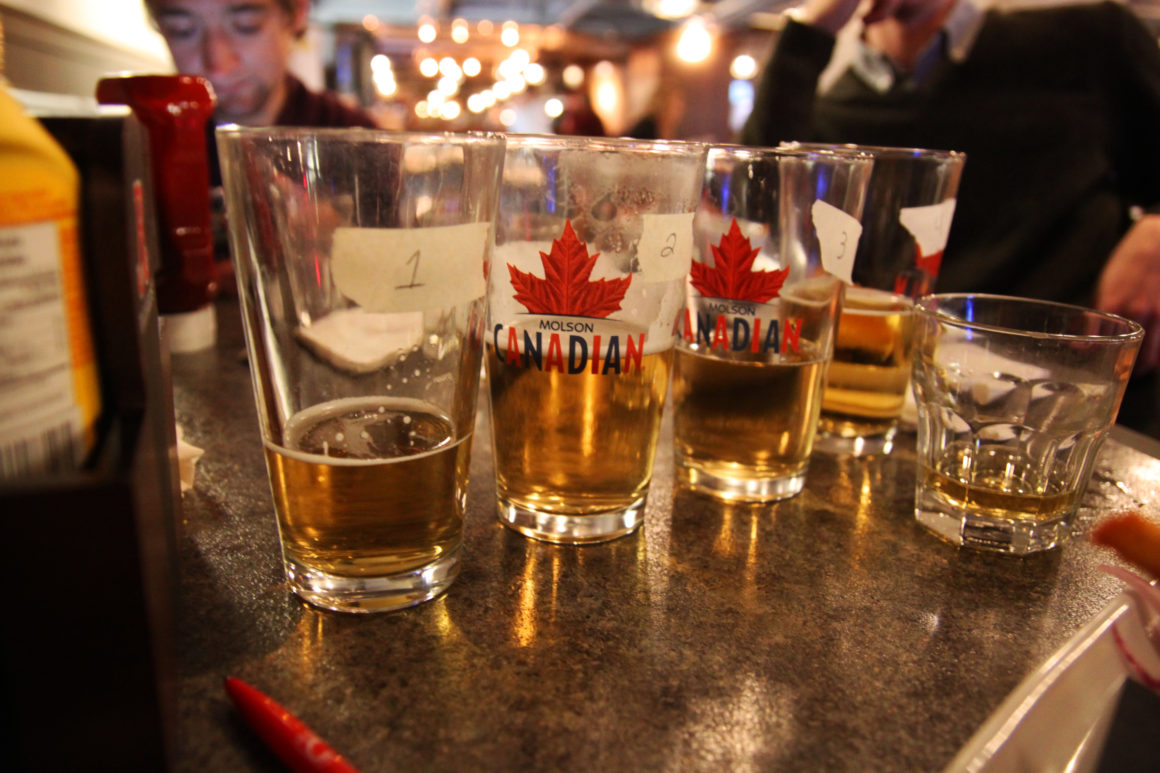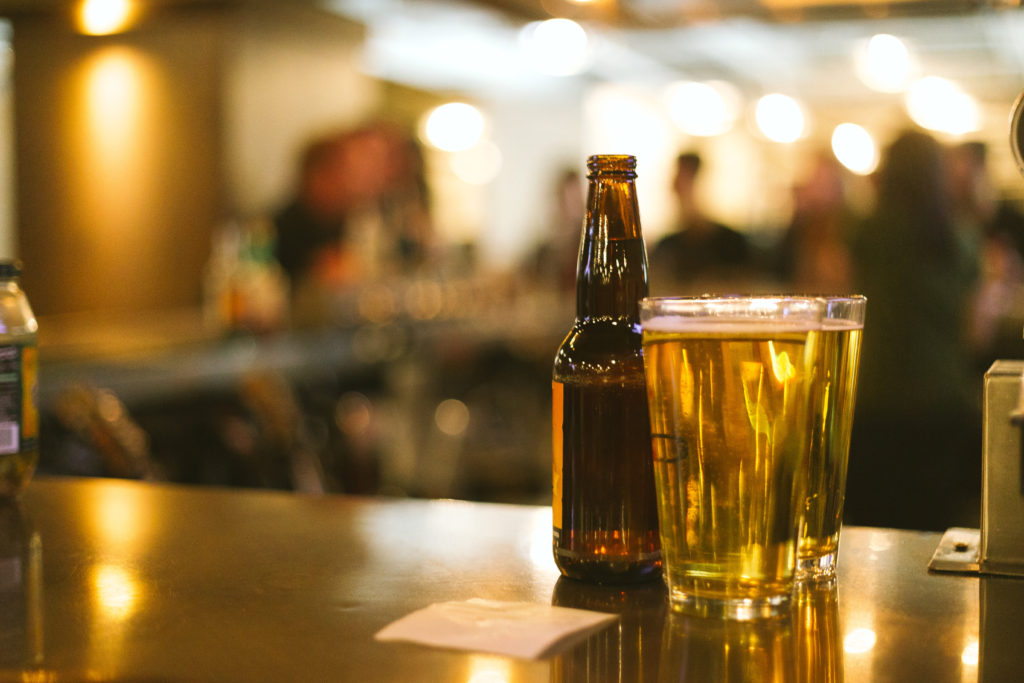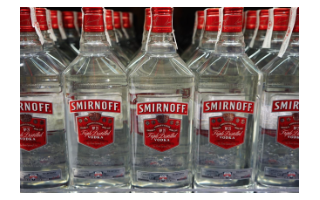
University of Calgary study shows steady increase in binge drinking since 1996
By Scott Strasser, November 4 2016 —
A recent study by University of Calgary researchers shows a steady increase in binge drinking among Canadians in the last 20 years.

The study confirmed that men are more likely to binge drink than women. // Photo by Justin Quaintance
The study found the proportion of binge drinkers in Canada increased from 14 per cent in 1996 to 20 per cent in 2013, the most recent year from which researchers were able to obtain data.
Binge drinking is defined as consuming more than five alcoholic drinks in a single sitting more than once per month for an entire year. According to the study, one fifth of Canadians now participate in that pattern.
Scott Patten — a co-author of the study and a member of the Mathison Centre for Mental Health Research and Education — said the research was motivated by similar work done in other countries.
“It’s mostly because we had heard reports from the United Kingdom and the United States expressing concern about a changing pattern in alcohol consumption — a trend towards more binge drinking,” Patten said. “We felt it was important to look and see whether the same trends might be occurring in Canada.”
The researchers analyzed cross-sectional national health surveys from Statistics Canada. The data found that young adults between 18 and 24 were most likely to binge drink.
The 18–24 age group also saw the largest increase in the percentage of binge drinkers.
“[We] found the same things being reported in the U.S. and the U.K. There’s been a very steady increase in this particular pattern of alcohol consumption,” Patten said.
According to the study, men tend to binge drink more than women as a whole, but men saw a lower increase in the percentage of binge drinkers in relation to women.
While the proportion of Canadian men who binge drink increased from 21 per cent in 1996 to 26 per cent in 2013, the proportion of Canadian women who binge drink doubled from seven per cent to 14 per cent in the same time period.
“With respect to sex-related differences, there was a higher frequency of this pattern of drinking in men as opposed to women. But actually, the increase in relative terms was bigger in women,” Patten said.
Patten said there are many possible reasons for the study’s findings. He said Canada likely experienced a “period effect” in which societal attitudes as a whole relaxed towards heavy alcohol consumption.

Patten said there are many possible factors for why binge drinking has increased.
“That would lead you to suspect there [are] some factors such as societal attitude toward alcohol, tolerance of intoxication, accessibility of alcohol, how it’s marketed [and its] affordability. These are all things that have been reported in other literature to determine societal patterns of consumption,” he said.
Patten said binge drinking is problematic for many reasons, noting binge drinkers are more likely to engage in violence than non-bingers and that the habit is more likely to lead to physical dependency or alcoholism.
“Often times [binge drinking] will evolve into a pattern of dependence where people are drinking way too much, spending way too much time intoxicated and giving up important activities because of their drinking,” he said. “When drinking is interfering with careers or relationships, that’s when it’s a disorder. And this pattern of [binge drinking] predicts a higher risk of that occurring.”
The study was published in the open access journal CMAJ Open.
